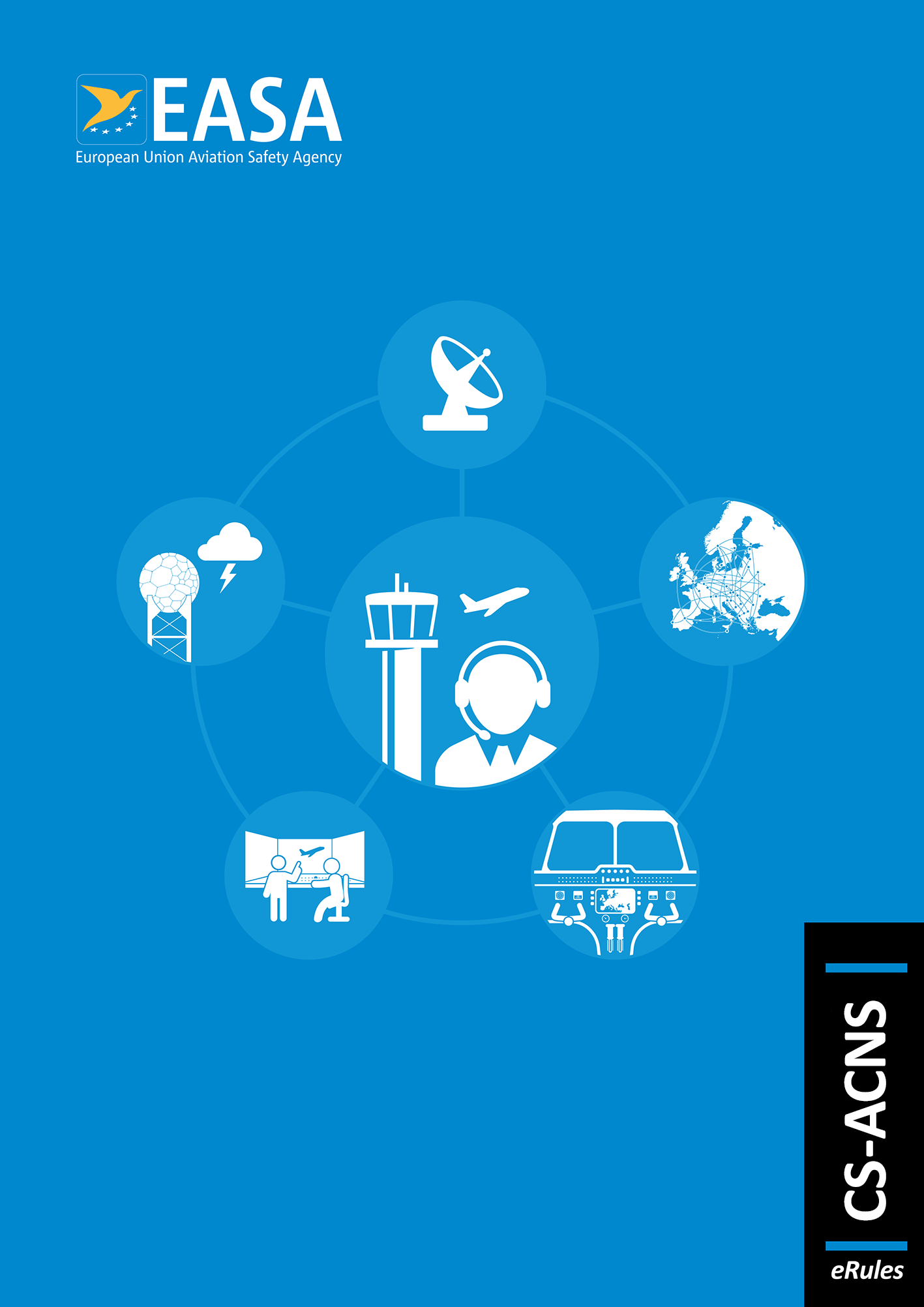CS ACNS.D.ELS.050 Dual/multiple transponder installation
ED Decision 2013/031/R
(See AMC1 ACNS.D.ELS.050)
If more than one transponder is installed, simultaneous operation of transponders is prevented.
AMC1 ACNS.D.ELS.050 Dual/multiple transponder installation
ED Decision 2013/031/R
When dual or multiple transponders are installed on an aircraft, a common control interface/panel should be provided to ensure that only one transponder is active at a given time, and to ensure that the Mode A code and Aircraft Identification changes are applied to the active transponder.
CS ACNS.D.ELS.055 ICAO 24-bit Aircraft address
ED Decision 2013/031/R
The ICAO 24-bit aircraft address assigned by the competent authority is correctly implemented on each transponder.
CS ACNS.D.ELS.060 Antenna installation
ED Decision 2013/031/R
(See AMC1 ACNS.D.ELS.060)
(a) The installed antenna(s) has (have) a resulting radiation pattern which is (are) vertically polarised, omnidirectional in the horizontal plane, and has (have) sufficient vertical beam width to ensure proper system operation during normal aircraft manoeuvres.
(b) Antenna(s) is/are located such that the effect on the far field radiation pattern(s) by the aircraft structure are minimised.
AMC1 ACNS.D.ELS.060 Antenna Installation
ED Decision 2013/031/R
(a) Antenna locations recommended by the aircraft manufacturer do not need to be revalidated.
(b) Antenna performance for new locations should be validated in flight by ground measurements or simulation modelling.
(c) The distance between ATC Transponder antenna should be at least 40 cm and the distance between ATC Transponder antenna and other antenna (e.g. ACAS, DME) should satisfy the appropriate isolation and longitudinal separation limits.
(d) When the Mode S ELS surveillance installation is using two antennas, the horizontal distance between the two antennas should be less than 7.6m
CS ACNS.D.ELS.065 Antenna diversity
ED Decision 2013/031/R
(See AMC1 ACNS.D.ELS.065)
Aircraft with a maximum certified take-off mass in excess of 5700 kg or a maximum cruising true airspeed capability, under International Standard Atmosphere (ISA) conditions, in excess of 130 m/s (250 knots) operates with an antenna diversity installation.
AMC1 ACNS.D.ELS.065 Antenna Diversity
ED Decision 2013/031/R
(a) The aircraft maximum cruising true airspeed may be determined using one of the 3 following options:
(1) Where the Aircraft Flight Manual or Pilot’s Operating Handbook gives more than one table of true airspeed values for a range of temperatures, the table which gives the maximum true airspeed, should be used;
(2) For some aircraft, the maximum cruising true airspeed is not obtained at the maximum operating altitude. In those cases, the maximum true airspeed has to be considered and not the true airspeed at maximum operating altitude;
(3) Aircraft which do not state the maximum cruising true airspeed under ISA conditions in their Aircraft Flight Manual or Pilot’s Operating Handbook, may use the following alternative method to calculate maximum cruising true airspeed:
(i) Use the maximum operating values of altitude and airspeed (i.e. VNO, or VMO/MMO as applicable) quoted in the Limitations section of the Aircraft Flight Manual or Pilot’s Operating Handbook to calculate the maximum cruising true airspeed of the aircraft. If the aircraft is unpressurised, an altitude of 8 000 feet may be used as the maximum ‘normal’ operating altitude.
(ii) For example, using a maximum ‘normal’ operating altitude of 2 400 m (8 000 feet) for an unpressurised aircraft, and a maximum operating airspeed of 110 m/s (215 knots), (as stated in the Aircraft Flight Manual or Pilot’s Operating Handbook, e.g. VNO = 110 m/s (215 knots)) then the aircraft has an equivalent TAS capability of 128 m/s (250 knots) in the ICAO Standard atmosphere. The calculation may be made using a pilot’s TAS computer.
(b) For airships, the applicant should demonstrate the need or otherwise for antenna diversity. The demonstration should be based on the construction techniques and size of the airship.
(c) The transponder DDP should indicate the letter ‘d’ in the transponder capability declaration to indicate antenna diversity capability.
